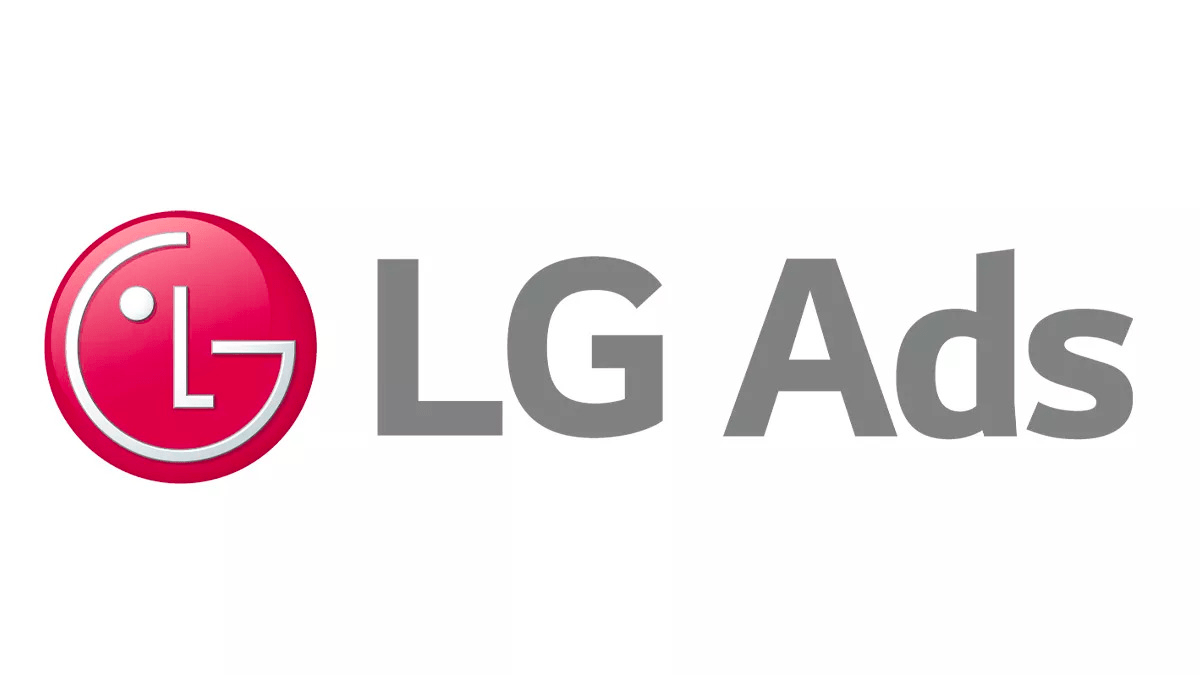Given that headlines around the future of media are now dominated by streaming platforms and Over-The-Top (OTT) services, it can be easy to assume that Connected TV (CTV) is taking a backseat. But nothing could be farther from the truth. While OTT completely transformed content delivery, CTV slowly but surely has established itself as a force in the modern media industry. Certainly not crushed by OTT, CTV offers unique strengths that make it fundamentally powerful—the largest volume in programming and a morphing advertising ecosystem.
CTV is not only surviving but thriving. It marries the best of both worlds—scale (like traditional TV) and precision targeting and flexibility (like digital). Thus, it enables advertisers to reach a large audience and apply data-driven targeting, turning CTV into quite an important tool for brands who want to ensure high-impact promotion. With growing numbers of consumers utilizing smart TVs and connected devices to stream content, the line between CTV and OTT further blurs—offering opportunities for advertisers to serve personalized experiences at scale.
In this article, we will explore why, despite the challenges presented by OTT, CTV remains not only alive but is also still a pivotal force in shaping the future of entertainment and advertising.
The CTV Market’s Enduring Strength
Market Size, Reach, and Ad Spending
CTV—the fastest-growing major ad format in the US—is poised for continued growth, with a dramatic +18.8% lift expected to push this year-end total market size to $28.75 billion for 2024, as per eMarketer’s recently- released forecast.
A key factor behind the remarkable expansion of CTV is the large-scale shift of programming, audiences, and digital channel viewing time. CTV is an advertising evolution that every brand should consider as the media landscape is changing due to technology and how we consume content.

Credit: eMarketer
To put it into perspective: about 88% of US homes have a connected TV device, now making up more than one-third of total TV usage. It is expected that CTV will exceed linear TV viewing in 2024, which further underscores its foundational importance within contemporary advertising programs.
Advertisers are realizing that targeting on CTV is extremely precise, and its place within the digital advertising world has been set. In the US, for every dollar spent on digital advertising, one-tenth of it goes to CTV, and a vast 90% of that is transacted programmatically. This trend obviously represents a huge shift in consumer behaviour as well as in the way marketing is done.
Poll
Unique Advantages of CTV
Some general benefits of the CTV evolution include stronger connections between digital and TV (64%), more precise audience targeting (63%), improved ad relevance (51%), better measurement and data insights (44%), engaging creative formats (41%), and time and cost savings (29%).

Data from: Innovid and Digiday
However, the CTV market thrives thanks to several unique advantages that set it apart from traditional advertising channels:
- Bundled packages offering value: Numerous CTV platforms come with bundled ad packages that allow marketers to achieve a high reach and ROI in a cost-effective way. For instance, Roku’s OneView platform allows advertisers to access a vast network of channels and bundle their ad spend across various publishers, providing a full-funnel experience that includes top-of-funnel brand awareness and bottom-funnel conversion ads.
- Established infrastructure and distribution networks: CTV works over some infrastructure with the help of content delivery systems and distribution networks. Take Amazon Fire TV, for example—its integrated ecosystem allows brands to deliver their message seamlessly across Fire TV, Prime Video, and even within Alexa-enabled devices.
- Guaranteed viewership and reach: CTV is not a traditional TV-like environment or even some digital formats, where ad engagement can drop significantly over time. CTV ads are watched until the end since you cannot skip the ad spot and it guarantees direct audience measurement. Hulu, for instance, guarantees that advertisers’ messages will be seen and provides robust analytics on viewer engagement with content.
Trends Driving the CTV Market
Programmatic Advertising
Did you know that a staggering 75% of all CTV transactions are programmatic? This is changing the way advertisers talk to audiences and enables automation for optimal delivery timing, targeting capability, and efficiency. Programmatic advertising can largely be credited with allowing these shifts, mainly because it inherently breaks down legacy ad-buying silos.
In fact, according to Pixalate’s data, global programmatic OTT/CTV ad impressions increased 4.3x—or 330%—between Q1 2019 and Q4 2019, highlighting the rapid growth and influence of programmatic methods.

Credit: Pixalate
No longer do advertisers have to manually negotiate buys or rely on broad demographic targeting—they can use algorithms and AI/ML to target the exact people they feel are best for their product, when they are most likely to buy it.
Advanced Analytics
The increased dominance of CTV comes hand-in-hand with a loop of hyper-targeted data. The explosion in streaming accessibility makes it easier for marketers, but brands need advanced analytics to track and measure how people are behaving. Advertisers can learn more about their target demographics by looking at details like viewer engagement, content preferences, and campaign performance data.
This pool of information empowers brands to modify their campaigns on the spot by targeting strategies toward changing tastes and preferences among consumers. Meanwhile, AI/ML advancements help advertisers predict trends, making their strategies work better and offering more personalized advertising experiences.
Privacy-Focused Advertising
Laws like the General Data Protection Regulation (GDPR), California Consumer Privacy Act (CCPA), and the California Privacy Rights Act (CPRA) are allowing consumers to have more control over their data. Moreover, the actions taken by behemoth tech firms such as Apple’s Identifier for Advertisers (IDFA) have also fueled privacy-first tactics.
These changes have forced advertisers to wise up to consumer privacy rights, and it is consequently impacting media spend. A considerable 84% of advertisers who upped their CTV budgets did so because they were nervous about consumer privacy on other ad channels, according to the IAB 2022 Brand Disruption Report. As third-party cookies go away, brands are shifting their media dollars towards CTV, which allows them the same targeted reach they want but all in a more privacy-compliant environment.
Implications for the Media Industry and Beyond
Opportunities for Media Professionals
- Developing CTV-specific content: Media companies have to adapt their content to the CTV experience. This might include thinking about the screen size, mobile viewing experience, and potentially social sharing, as well as possibilities of what they can do beyond just watching (and who else may watch along with them). The key element in drawing the attention of your audience and keeping them long enough to foster brand loyalty is producing immersive CTV-enabled content that allows for high-quality and interactive experiences.
- Data-driven campaigns: CTV is essentially unrivalled for the data-driven advertising opportunities it offers. With viewer data in hand, media professionals can plan highly targeted campaigns for optimal impact and ROI. This level of granularity in knowing who your audiences are enables super-precise messaging and personalization.
- Integrating with OTT platforms: OTT platforms have become the next best thing with a vast range of content libraries. These platforms allow media professionals to distribute their content further than they ever have and attract new viewers. Working with OTT providers and understanding how their special features and functions can help them succeed or fail.
Impact on Content Creation and Distribution
- Shift towards longer-form content with a focus on quality: As view time increases, immersive experiences are in favour and quality-focused long-form content is becoming more common. It indicates a departure from mobile’s snackable length and into a longer form, more engaging and cinematic experiences.
- New content formats and experiences: CTV allows for the experimentation of content formats. You can see an increase in the popularity of interactive content, personalized narratives, and immersive experiences. In this saturated market, this is even more crucial for media companies to adopt to stay competitive and maintain their primetime attention.
- Direct-to-consumer (DTC) and subscription models: The DTC and subscription model has given creators and media companies the power to get their work directly into the hands of consumers without going through a traditional distribution channel. While this allows more control over content and revenue streams, it also means that you will have to develop solid marketing and customer retention strategies.
Conclusion
With CTV continuing to dominate OTT, it isn’t dead yet. CTV embodies the ideal combination of both traditional TV scale and digital-level audience targeting, providing advertisers with the perfect in-between for high-impact and data-driven campaigns. Across the board, programmatic advertising, robust analytics, and privacy-first strategies set up a bright road ahead for CTV as it continues to merge with OTT. As an important element in the changing media landscape, CTV offers endless potential for content creation, distribution, and audience cultivation for media professionals.
Are you ready to leverage the power of CTV in your digital media strategy? In this day and age, you cannot afford to hamper your publication with operational inefficiencies. From revenue optimization, and audience targeting, to content distribution, etc., all media challenges are covered with YuktaOne: the full-feature Media ERP built on a future basis to win in the CTV era. Lead the way to lean operations, and boost your performance in an active market. Complete our form to book a demo with YuktaMedia and learn more about how our technology powers and monetizes your CTV and digital publishing strategy.




 Talk to a Media ERP Specialist
Talk to a Media ERP Specialist

















